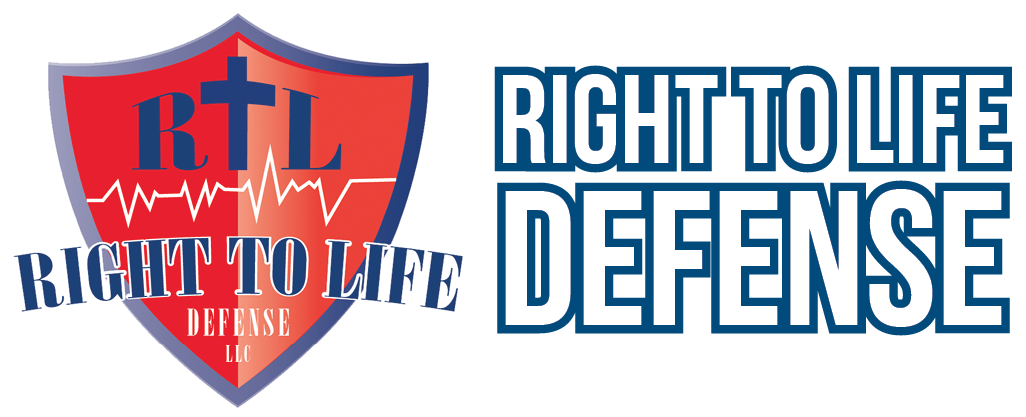Beyond the Bullseye
Common Mistakes That Sabotage Your Pistol Accuracy
You've got your new pistol, you've hit the range, and you're ready to start hitting the bullseye every time. But after a few rounds, you're frustrated. Your shots are scattered, and you can't seem to get a consistent grouping. Sound familiar?
The good news is that these struggles are incredibly common, and they usually stem from a few fundamental mistakes. By understanding and correcting these issues, you can dramatically improve your accuracy and consistency. Let's break down the most frequent culprits that get in the way of a perfect shot.
1. The Flinch and the Jerk: The Trigger Trap
This is, without a doubt, the most common mistake for new and experienced shooters alike. When you're anticipating the loud bang and the recoil, your body naturally tenses up. This can manifest in two key ways:
Jerking the trigger: Instead of a smooth, deliberate squeeze, you slap or yank the trigger. This sudden, forceful movement pulls the gun off target just as the shot breaks.
Flinching: Just before the shot, you involuntarily tense your arms and hands, pushing the gun forward and down. This results in shots that consistently land low and to the side.
How to fix it: The key is to make the trigger pull a smooth, surprise event. Practice "dry firing" with an unloaded firearm (following all safety rules, of course!). This allows you to focus on a consistent trigger pull without the distraction of recoil or noise. Another excellent technique is the "ball and dummy" drill, where you mix live rounds with snap caps in a magazine. When you hit a snap cap, you'll immediately see if you're flinching as the gun dips.
2. A Sloppy Grip: The Foundation of Control
Your grip is the foundation of your shooting. A loose or inconsistent grip allows the pistol to move and shift during the firing process, making accurate follow-up shots nearly impossible.
Weak grip: If your hands aren't holding the gun firmly, the recoil will cause the muzzle to "flip" excessively, and you'll struggle to get back on target.
Improper hand placement: Many shooters don't use their support hand effectively. Your dominant hand is for trigger control, and your support hand is for recoil management. A proper grip involves your support hand filling the empty space on the grip and creating opposing forces—pushing forward with the dominant hand and pulling back with the support hand.
How to fix it: Your grip should be high and firm, with the web of your hand as far up on the backstrap as possible. Your support hand should be wrapped around the dominant hand, providing a strong, supportive base. A good rule of thumb is to squeeze the gun as hard as you would shake someone's hand, using your support hand for the majority of the pressure.
3. Ignoring the Sights: The Power of Focus
You can have the best grip and trigger control in the world, but if your sights aren't aligned, you won't hit what you're aiming at. This is a common mistake, especially when shooters get fixated on the target.
Improper sight alignment: This is when your front and rear sights aren't level and centered with each other. The front sight should be perfectly centered in the notch of the rear sight, with an equal amount of light on both sides.
Improper sight picture: This is the relationship between your aligned sights and the target. The most accurate method is to focus on the front sight, allowing the target and the rear sight to be slightly blurry.
How to fix it: Your eyes should be focused on the front sight. Don't look at the target! Practice presenting your pistol and acquiring a crisp front sight picture before you even think about pulling the trigger.
4. Lack of Follow-Through: The Shot's Final Act
The shot doesn't end when the bullet leaves the barrel. Follow-through is the practice of maintaining your sight picture and grip after the trigger has been pulled.
Dropping your arms: Many shooters immediately relax their arms or drop the gun to see where their shot landed. This movement disrupts the sight alignment and makes it difficult to diagnose why a shot went off target.
How to fix it: After the shot, maintain your grip and keep your eyes on the front sight. Stay in your shooting position for a moment, observing the recoil and the return of the sights. This will help you identify any subtle movements that might be affecting your accuracy.
By taking the time to address these common mistakes, you can move from scattered shots to tight, consistent groups. Remember, shooting is a perishable skill. The key to improvement is consistent practice, a focus on the fundamentals, and a willingness to diagnose and correct your errors. Happy shooting!
